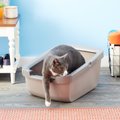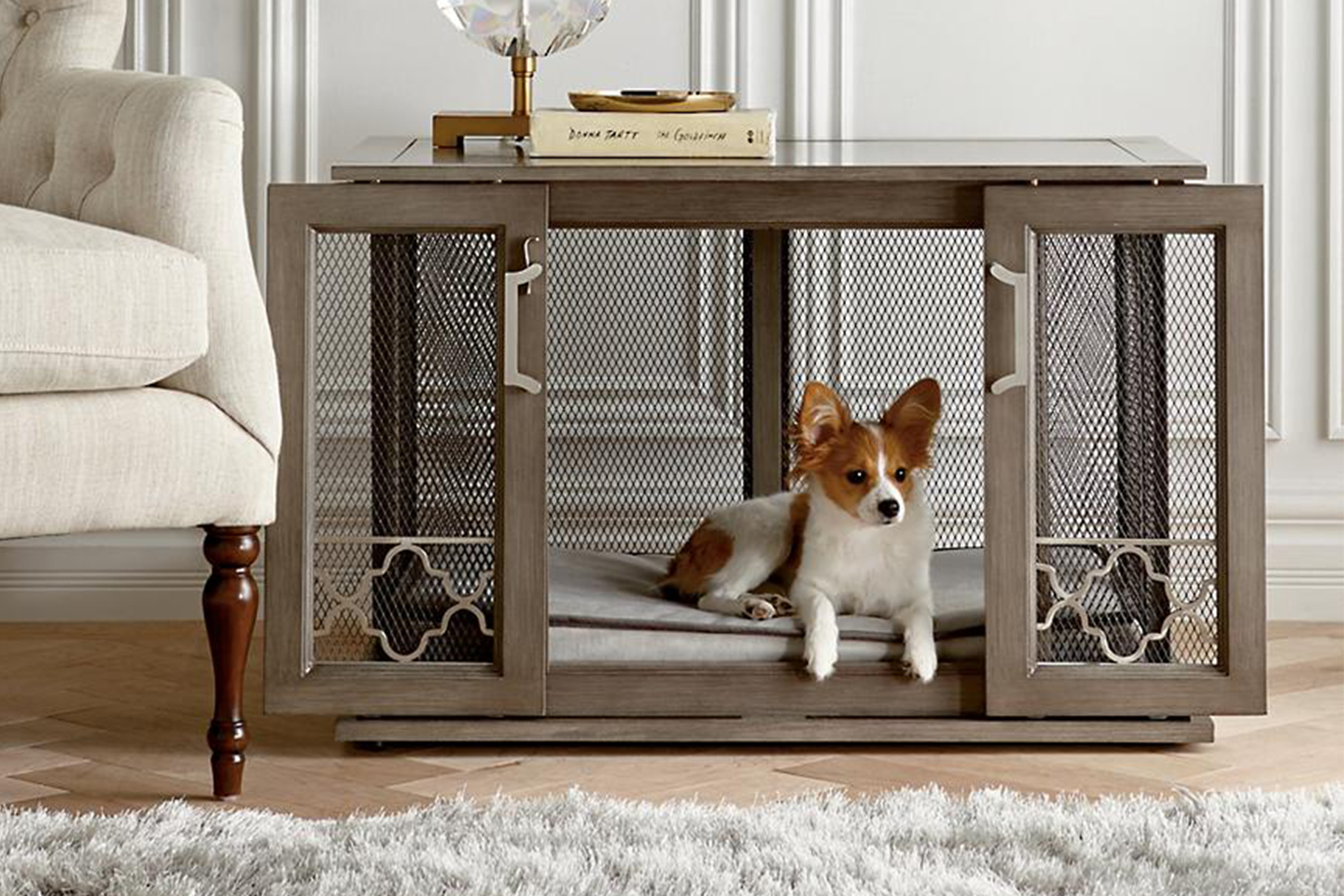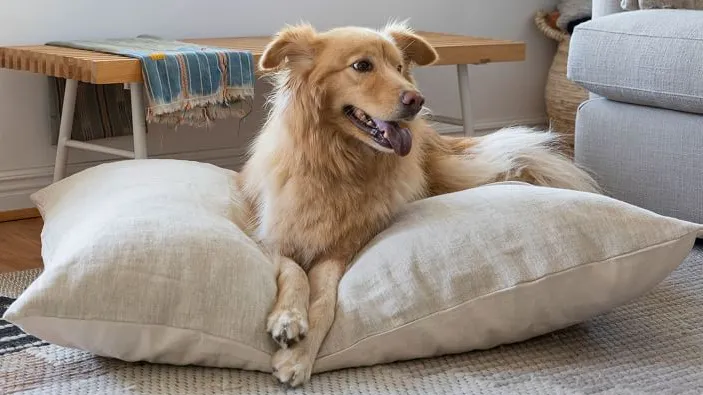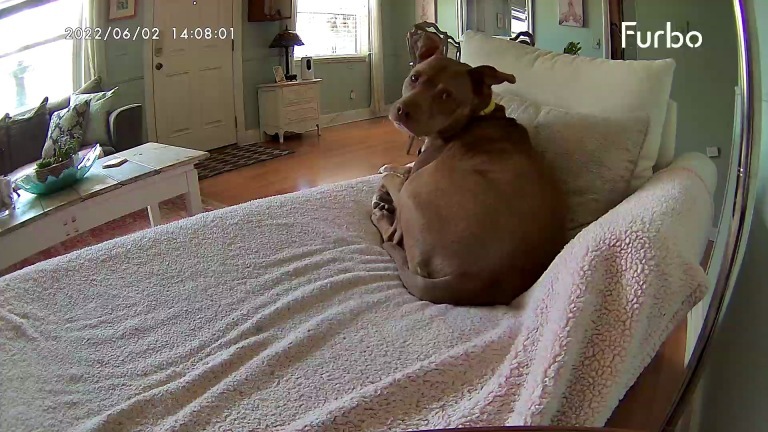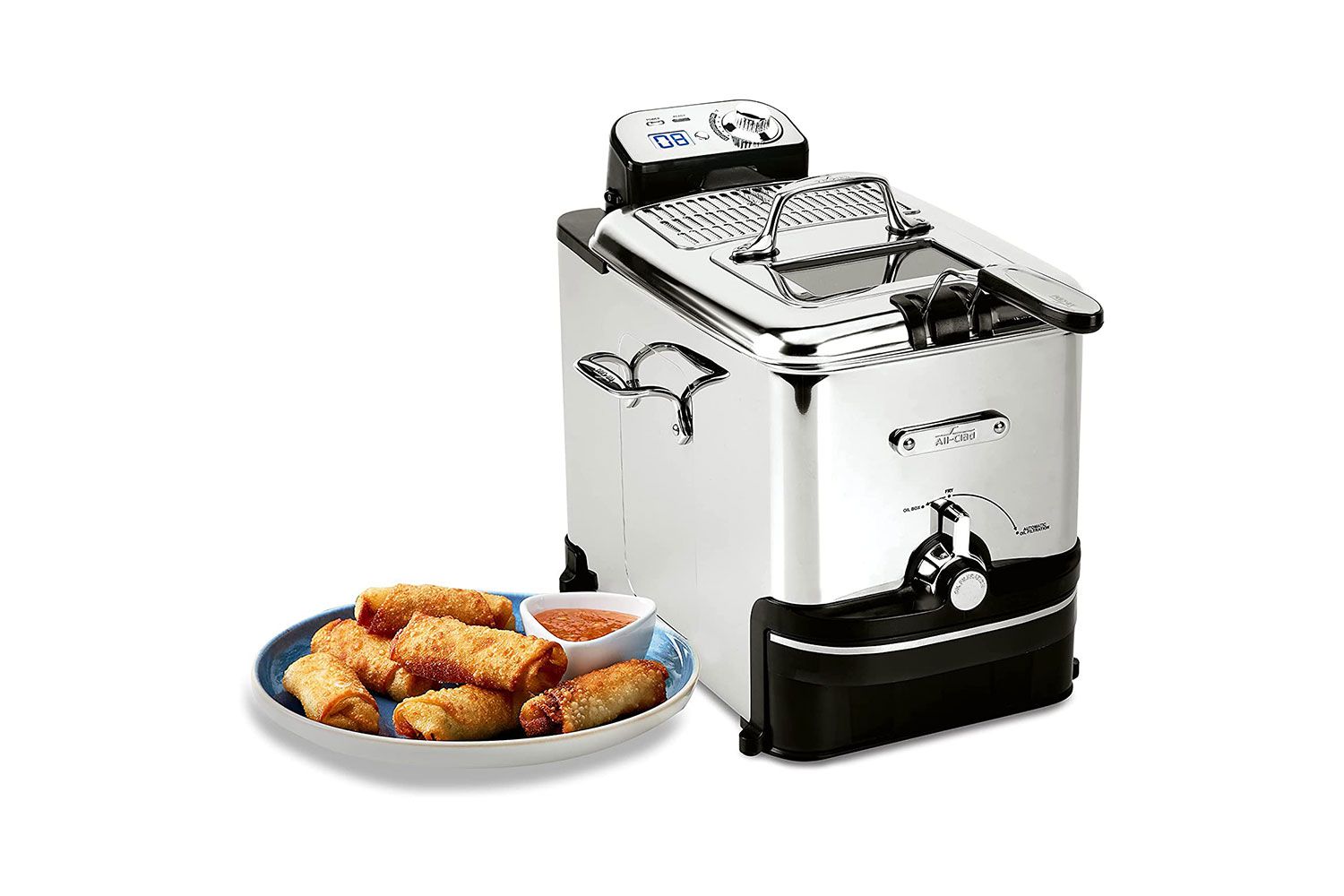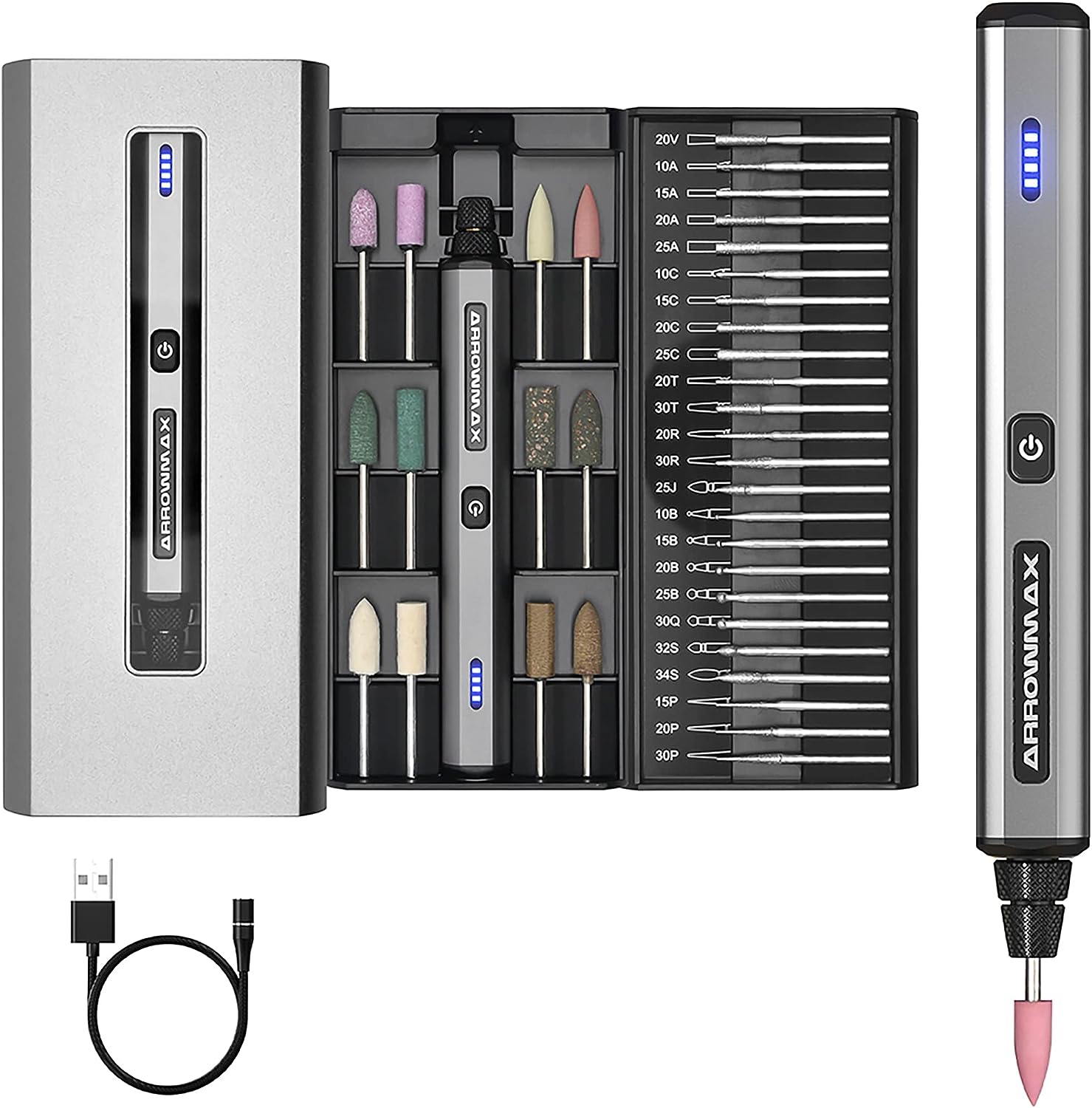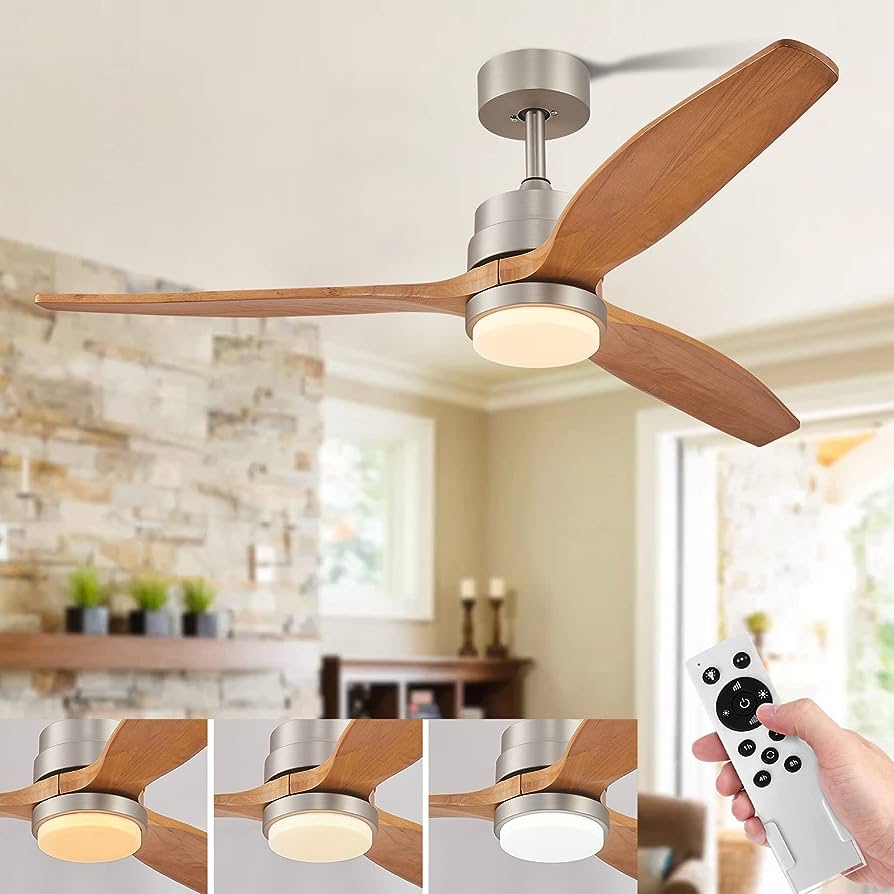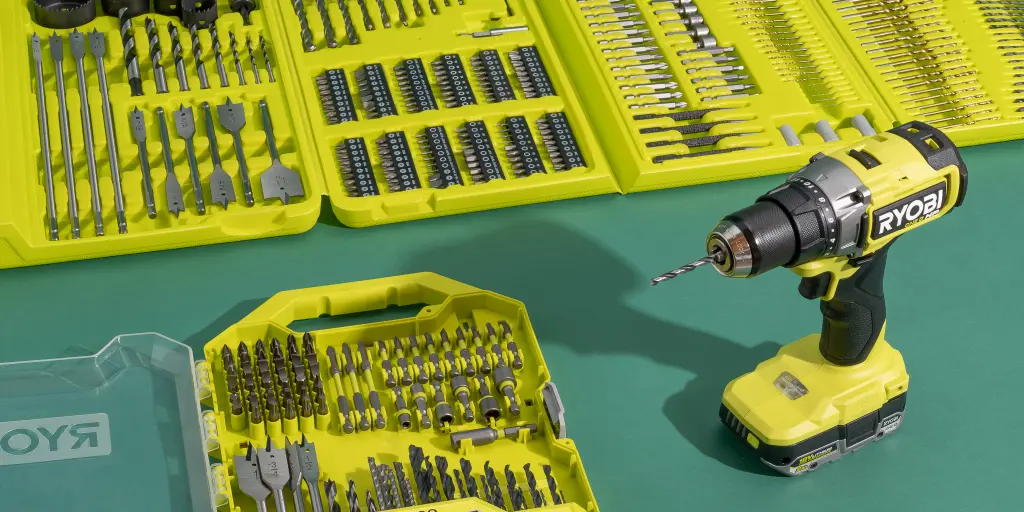Litter boxes have become an essential part of every cat owner’s life. They provide a convenient and hygienic solution for our feline friends’ bathroom needs. But did you know that litter boxes offer a wide range of benefits beyond just being a place for your cat to do their business? In this article, we will explore the advantages of using litter boxes, discuss different types to find the perfect fit for your cat, guide you in choosing the best litter, and provide tips for proper placement to maximize convenience. We will also delve into the secrets of maintaining a clean litter box and solving common problems that may arise. So, if you’re a cat owner who wants to create an ideal sanitary environment for your furry companion, stay tuned as we take you on a journey into the world of litter boxes and unveil some innovative solutions along the way.
The Benefits of Using Litter Boxes for Cat Owners
Litter boxes are a must-have for any cat owner, providing numerous benefits that make them an essential part of cat care. Without a litter box, you may find yourself constantly cleaning up after your cat’s bathroom habits, which can be time-consuming and unpleasant. Thankfully, a well-maintained litter box can eliminate these issues and offer a more convenient and hygienic solution.
No More Messy Accidents
One of the primary benefits of using a litter box is that it helps contain your cat’s waste in one designated area. This means no more surprise presents scattered throughout your home! With a litter box, your cat has a designated spot to relieve themselves, making cleanup much easier for you. Plus, if you choose the right litter and maintain the box regularly, unpleasant odors can be minimized, ensuring a fresher-smelling home.
Enhanced Hygiene and Health
Using a litter box promotes good hygiene and helps prevent the spread of diseases. By providing a clean and controlled environment for your cat to do their business, you reduce the chances of them stepping in their own waste and tracking it around the house. This can minimize the risk of bacterial infections and parasites. Additionally, regularly cleaning the litter box helps identify any changes in your cat’s urine or feces, which can be early indicators of health issues that require veterinary attention.
Reduction of Stress and Anxiety
Cats are naturally clean animals and prefer to have a designated area for their bathroom needs. By providing a litter box, you give your cat a space where they can feel comfortable and secure. This can help reduce their stress and anxiety levels, especially if they are kept indoors. Without a litter box, cats may feel compelled to eliminate in inappropriate locations, leading to frustration for both you and your feline friend.
- Lift to Sift, No Scooping Required: Easy to clean, large cat litter box comes with 1 sifting box and 2 regular boxes. When cleaning, the patented...
- Maximum Smell Control: Built-in Microban protection inhibits litter box smells. It is recommended your cat litter box be 1.5 times longer than your...
- HIGH-SIDES DESIGN: Keep your floors clean with the high sided cat litter box that contains litter effectively
- CONVENIENT ACCESS: The open style and lowered front on these litter boxes make it easy for cats to enter and exit, catering to older and large cats
- HIGH-SIDED WALL - The extra-large cat litter box stands at 14" tall, featuring a distinctive curved 6.5" high wall that ensures your cat's privacy...
- EXTRA LARGE: This extra large cat litter box is designed with extra large cat breeds in mind including Maine Coons, Norwegian Forest Cats, Ragdolls,...
- ENCLOSED DESIGN: The cat litter box with top cover is designed to prevent litter scatter and provide a private space for your furry friends. The cat...
- EXCLUSIVE DESIGN PATENT:The 30° angled litter filter plate in the AIPERRO litter box provides a specific advantage in preventing cats from easily...
- EASY ACCESS FOR CATS: The swinging plastic door allows your cat to enter and exit the hooded cat litter box with ease while keeping the interior mess...
- ODOR CONTROL: The litter boxes feature a pre-installed carbon filter, reducing unpleasant odors, with replacement filters sold separately for...
- MADE IN USA with global materials - The IRIS USA top entry kitty litter tray offers a functional and aesthetically pleasing solution to your cat's...
- TOP ENTRY - The top entry of the cat litter pan means more privacy for your cat, less litter spillage, and any spraying remains contained within the...
- Great for High Peeing Cat: Reinforced plastic enclosure clasps firmly on the high sided stainless steel cat litter box, won't be kicked off easily...
- Extra Large Stainless Steel Litter Box for Big Cats or Multiples: The XL litter pan is 23.6" long by 16" wide. Special design of 12" high sided litter...
- HOODED ENCLOSURE: Provides privacy and helps prevent litter scatter and leaks from spraying.
- BUILT-IN CHARCOAL FILTER: Tackles tough litter box odors to help keep your home smelling fresh and clean.
- Stainless Steel Material and Open Top: Kirecoo cat litter box is made from high-quality stainless steel. Unlike plastic litter box, this litter pan...
- Large Size, High Sides: Kirecoo cat litter pan measuring 17.7" x 13.8" x 6", provides a spacious interior allowing cats to comfortably finish their...
- QUICK & CONVENIENT: Saves time; no cleaning or chemicals required
- ECO ADVANTAGE: Made from 100% post-consumer waste plastic-free, recycled cardboard material
As an Amazon Associate I earn from qualifying purchases. Learn More
Types of Litter Boxes: Finding the Perfect Fit for Your Feline Friend
When it comes to selecting a litter box for your cat, there is a wide range of options available. Each type has its own advantages and can cater to different preferences and needs. Understanding the various litter box options can help you find the perfect fit for your feline friend.
Traditional Open Litter Boxes
Open litter boxes are the most common and straightforward option. They are easy to access, clean, and allow for a variety of litter choices. These boxes are suitable for cats who prefer a more open and spacious environment. Additionally, they can be a great option for kittens or older cats with limited mobility, as they have low entry sides.
Covered Litter Boxes
Covered or hooded litter boxes provide more privacy to cats and help contain odors within the box. These boxes come with a removable lid and a swinging door, creating an enclosed and secluded space for your cat to do their business. Covered litter boxes are ideal for cats who prefer a more private setting and can be beneficial in multi-cat households as they provide a sense of security.
Self-Cleaning Litter Boxes
For cat owners looking for the ultimate convenience, self-cleaning litter boxes can be a game-changer. These boxes utilize sensors and automated mechanisms to detect and remove waste, saving you the hassle of scooping. Self-cleaning litter boxes come in various designs, including those with rotating mechanisms or raking systems. While they require an initial investment, they offer a hands-off approach to maintaining a clean litter box.
Choosing the Best Litter for Your Cat’s Box: A Comprehensive Guide
Selecting the right litter for your cat’s box is crucial for their comfort and your satisfaction. There are numerous litter options available, each with its own pros and cons. Understanding the different types can help you make an informed decision and find the best litter for your cat’s needs.
Clumping Litter
Clumping litter is one of the most popular choices for cat owners. Made from clay or natural materials such as corn or wheat, this litter forms clumps when in contact with liquid waste, making it easy to scoop and remove. Clumping litter helps keep the litter box cleaner for longer and controls odors effectively. However, it may not be suitable for cats with respiratory sensitivities or those prone to ingesting litter.
Non-Clumping Litter
Non-clumping litter is typically made from materials such as recycled paper, wood pellets, or silica gel crystals. Unlike clumping litter, it does not form compact clumps but absorbs liquid waste instead. Non-clumping litter requires more frequent box cleaning, but it can be a good option for cats with respiratory issues or for owners looking for an eco-friendly alternative.
Scented and Unscented Litter
Litter is available in scented and unscented varieties. Scented litter contains additives that aim to mask odors, providing a more pleasant scent. However, some cats may be sensitive to these fragrances, causing them to avoid the litter box. Unscented litter, on the other hand, offers a neutral odor and is generally preferred by cats who are more sensitive to scents.
Proper Placement: Where to Position Your Cat’s Litter Box for Maximum Convenience
The location of your cat’s litter box plays a crucial role in their use and comfort. Proper placement ensures that your cat can easily access the litter box and encourages consistent use. Consider these factors when determining where to position your cat’s litter box.
Quiet and Peaceful Area
Cats prefer privacy when using their litter boxes. Choose a quiet and peaceful area of your home where your cat can do their business undisturbed. Avoid placing the litter box in high traffic areas or near loud appliances that could startle your cat. A calm and secluded spot will help reduce any potential stress or anxiety your cat may experience while using the litter box.
Accessibility
Ensure that the litter box is easily accessible to your cat. If you have multiple floors in your home, consider having a litter box on each level to prevent them from having to navigate long distances or stairs. Additionally, keep in mind any mobility limitations your cat may have. Low-entry litter boxes or ramps can be beneficial for kittens, older cats, or cats with physical disabilities.
Ventilation
Proper ventilation is essential to minimize odors and maintain a fresh environment. Avoid placing the litter box in enclosed spaces or areas with poor airflow, as this can lead to unpleasant smells lingering in your home. Opt for a well-ventilated area, preferably near a window or with good air circulation.
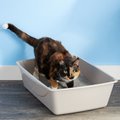
Remember, finding the perfect spot may involve some trial and error. Observe your cat’s behavior and reactions to different locations to determine the most suitable placement for their litter box.
The Benefits of Using Litter Boxes for Cat Owners
1. Promotes cleanliness and hygiene
Using a litter box for your cat provides a dedicated and contained area for them to do their business. This helps in keeping your home clean and odor-free. The litter box traps the waste, preventing it from scattering around the house and reducing the chances of stepping on a fresh surprise.
2. Reduces the risk of accidents
A designated litter box for your cat helps prevent them from eliminating in unwanted areas. By providing a suitable place for them to relieve themselves, you can avoid unpleasant surprises on your favorite rug or furniture. This not only saves you the hassle of cleaning up but also maintains a pleasant environment for both you and your cat.
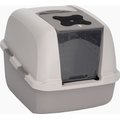
3. Aids in monitoring your cat’s health
One of the benefits of using a litter box is that it allows you to observe your cat’s bathroom habits. Any changes in the frequency, volume, or appearance of their waste can indicate potential health issues. By regularly monitoring their litter box, you can detect problems such as urinary tract infections or digestive disorders early on, enabling you to seek timely veterinary care.
4. Offers convenience and time-saving
Having a litter box at home provides convenience for cat owners. Instead of rushing home to let your cat out or dealing with the hassle of taking them outside for bathroom breaks, the litter box allows your feline friend to have a readily available and accessible restroom. This is particularly beneficial for those with busy schedules or living in apartments where outdoor access may be limited.
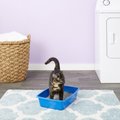
5. Fosters the cat’s natural instincts
Cats are naturally inclined to bury their waste as a means of self-preservation in the wild. Litter boxes mimic this instinct and provide a suitable environment for them to exhibit their natural behaviors. By using a litter box, you are offering your cat a means to express their instincts, promoting their overall well-being and satisfaction.
Types of Litter Boxes: Finding the Perfect Fit for Your Feline Friend
1. Open litter boxes
Open litter boxes are the most traditional and widely used option. They are simple, affordable, and come in various sizes. Cats have easy access, allowing them to enter and exit comfortably. However, open litter boxes may not be the best choice for cats who prefer privacy or tend to scatter litter outside the box during digging.
2. Covered litter boxes
Covered litter boxes provide privacy for cats who prefer a more secluded bathroom experience. They come with a removable lid that contains the litter and helps reduce odor. However, some cats may feel confined in covered boxes or become overwhelmed by the lack of ventilation. It’s essential to monitor your cat’s comfort and ensure there is enough space for them to move comfortably.
3. Top-entry litter boxes
Top-entry litter boxes feature an entrance on the top surface, allowing your cat to enter the box through a small opening. This design helps contain litter scatter and prevents dogs or small children from accessing the litter. However, they may not be suitable for cats with mobility issues or those who prefer open spaces.
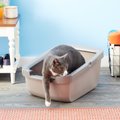
4. Self-cleaning litter boxes
Self-cleaning litter boxes automate the dirty work for cat owners. They use sensors or timers to detect when your cat has used the litter box and automatically remove waste. While this can be convenient, some cats may be startled by the noise or movement of the self-cleaning mechanism. Additionally, they require regular maintenance and may be more expensive.
Choosing the Best Litter for Your Cat’s Box: A Comprehensive Guide
1. Clumping litter
Clumping litter is a popular choice due to its ability to form solid clumps when it comes into contact with liquid waste. This makes it easier to scoop and maintain the cleanliness of the litter box. However, some clumping litters may contain excessive dust or have strong fragrances that could be off-putting to cats with sensitive noses.
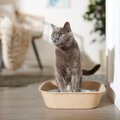
2. Non-clumping litter
Non-clumping litter is typically made from materials like clay, wood, or recycled paper. While it doesn’t form solid clumps, it still absorbs liquid waste effectively. Non-clumping litter is generally less dusty and often more affordable than clumping alternatives. However, it requires more frequent complete box cleanings to maintain freshness.
3. Crystal litter
Crystal litter is made from silica gel and absorbs moisture exceptionally well, effectively reducing odor. It is low-dust and generally lasts longer than traditional litters. However, some cats may not like the texture of crystal litter, and it tends to be more expensive than other options.
4. Natural and biodegradable litter
Natural and biodegradable litters are made from materials such as wheat, corn, pine, or recycled paper. They are environmentally friendly and often free of artificial fragrances or chemicals. However, the effectiveness and dust levels can vary among different brands, and some cats may have preferences or allergies to specific materials.
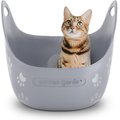
Proper Placement: Where to Position Your Cat’s Litter Box for Maximum Convenience
1. Easily accessible and private
Place the litter box in a quiet and low-traffic area where your cat feels safe and undisturbed. Cats prefer privacy when using the litter box, so avoid placing it in crowded or noisy areas. Ensure that the litter box is easily accessible for your cat to enter and exit comfortably, especially if they are older or have mobility issues.
2. Multiple litter boxes for multiple cats
If you have multiple cats, it’s advisable to provide a litter box for each feline. This prevents territorial issues and reduces the likelihood of litter box conflicts. Position the multiple litter boxes in separate areas of the house to offer each cat their own private space.
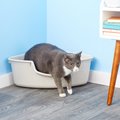
3. Keep litter boxes away from food and water
Cats prefer to have their litter box away from their eating and drinking areas. Just like humans, they prefer to keep their bathroom separate from their dining area. Keeping the litter box away from food and water helps maintain proper hygiene and prevents them from being put off by the proximity of their waste.
4. Avoid confined spaces and obstacles
Ensure that the litter box has enough space around it for your cat to maneuver comfortably. Avoid placing it in a confined space or near obstacles that might make it difficult for your cat to access or exit the litter box easily. Providing a clear path to the litter box promotes a stress-free bathroom experience for your cat.
Remember, understanding your cat’s preferences and providing a clean and suitable litter box environment is crucial for their overall well-being and your peace of mind as a cat owner.
Conclusion
Finding the perfect litter box for your feline friend and maintaining it properly is essential for both their health and your convenience. By providing a clean and odor-free environment, litter boxes offer numerous benefits that enhance the bond between cat owners and their beloved pets. From choosing the right type of litter box and the best litter for your cat’s needs to tackling common problems and exploring innovative solutions, this comprehensive guide has equipped you with the knowledge and tools to create a positive litter box experience for both you and your furry companion. So, embrace the world of litter boxes and create a comfortable space for your cat’s needs, while promoting a harmonious home environment.
Frequently Asked Questions
1. How often should I clean my cat’s litter box?
Regular cleaning is essential to maintain your cat’s litter box hygiene. Ideally, you should scoop the litter box at least once or twice daily to remove waste and clumps. Additionally, it’s recommended to completely replace the litter and thoroughly clean the box every two to four weeks, depending on the number of cats using it.
2. What type of litter is best for my cat’s litter box?
Choosing the right litter for your cat depends on their preferences and your personal preferences as well. Most cats prefer non-scented, clumping litter made from natural materials like clay, corn, or wheat. However, some cats may have specific needs or preferences, so it’s worth experimenting with different types to find the one your cat is most comfortable with.
3. How many litter boxes should I have for multiple cats?
As a general rule of thumb, it’s recommended to have one litter box per cat, plus an extra one. For example, if you have two cats, ideally, you should provide three litter boxes. This ensures that each cat has enough options, reducing stress and territorial issues. Additionally, placing litter boxes in different areas of your home can also provide more convenience to your cats.
4. Can I train my cat to use the toilet instead of a litter box?
Yes, it is possible to train some cats to use the toilet instead of a litter box. However, it requires patience, consistency, and time. Cats have natural instincts to dig and cover their waste, so you’ll need a training kit that gradually transitions them from a litter box to a toilet. Keep in mind that not all cats will adapt to this method, so assess your cat’s personality and readiness before attempting toilet training.
5. My cat doesn’t want to use the litter box anymore. What should I do?
If your cat suddenly stops using the litter box, it’s essential to investigate the underlying cause. This behavior change can be a sign of a medical issue, stress, or territorial problems. Observe your cat’s behavior, ensure the litter box is clean and easily accessible, and consider any recent changes that might have triggered the avoidance. If the issue persists, consult with a veterinarian to rule out any underlying health problems.

